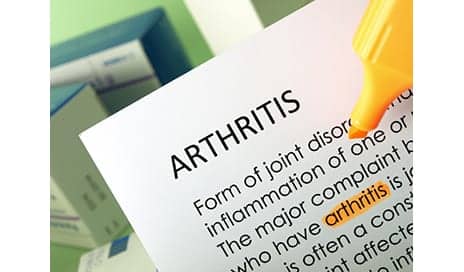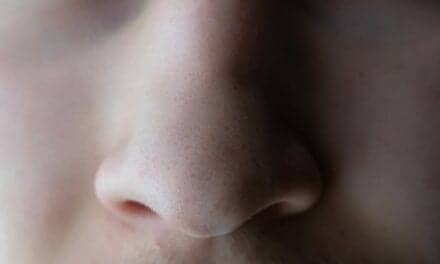Why do an estimated 30% to 60% of those who undergo anterior cruciate ligament (ACL) surgery reportedly develop osteoarthritis within 5 years? University of Delaware (UD) researchers are collaborating on a study to delve deeper into the connection.
Via a grant from the National Institutes of Health, mechanical engineering professor Thomas Buchanan and physical therapy professor Lynn Snyder-Mackler, both from the University of Delaware, are collaborating on a study to examine the biochemical and biomechanical bases for the development of OA following ACL surgery.
“Biomechanical analysis from our lab showed that the injured knee undergoes unloading — that is, the joint contact force is less in the involved knee than in the uninvolved knee when the patient walks,” says Buchanan, director of the Delaware Rehabilitation Institute, in the release. “The unloading occurs immediately after injury and is still quite pronounced at 6 months.”
“However, even though loading typically returns to normal at about the 2-year point, we found that those people who had evidenced a difference in loading right after surgery were more likely to develop OA 5 years out,” he adds. “This finding suggests that there may be a window of opportunity for treatment if we can figure out what happens within the first 2 years that sets some knees up for OA.”
In their study, the duo plan to study participants at 3 months, 6 months, and 2 years following ACL surgery, with three aims, the release explains:
First, they will explore the biomechanical basis of the observed unloading using gait analysis and electromyography, a procedure to assess the health of muscles and the nerve cells that control them.
Second, they will use quantitative magnetic resonance imaging (qMRI) to detect biochemical changes in the cartilage at the same three points in the postsurgery period. This part of the work will be carried out in UD’s new Center for Biomedical and Brain Imaging, which houses a state-of-the-art functional MRI (fMRI) scanner. The NIH funding will support the software upgrades needed to carry out the qMRI planned for the knee study.
Finally, the team will examine the effect of knee loading differences on knee cartilage stress distribution using a finite element model, which will enable them to determine precisely how the loading and biochemical changes influence the pressure in the cartilage.
“We believe this approach will allow us to understand the mechanisms governing knee unloading following ACL reconstruction and enable us to make recommendations for clinical treatment paths to avoid the development of OA in this population,” Buchanan states.
[Source(s): University of Delaware, Newswise]





